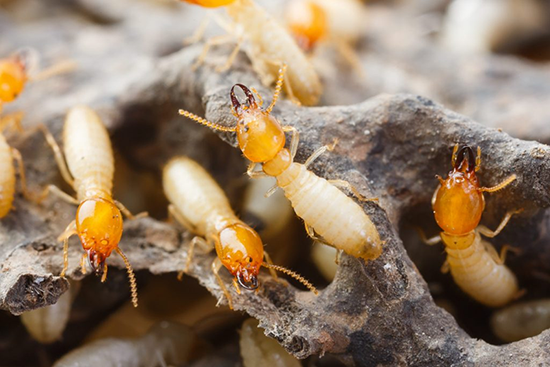Termite Control Market Size, Share Global Updates, Future Growth, Forthcoming Developments
Termites primarily consume cellulose and plant matter that has died and is typically present as leaf litter, wood, and soil. Termites harm timber products, food crops, structures, and other things. Termite infestation is being managed using a number of chemical, biological, physical, and mechanical techniques. The Termite Control Market is expanding as a result of supportive government measures. For example, the Environmental Protection Agency (EPA) in the United States promotes termite avoidance through a variety of awareness campaigns and has put in place strict criteria for the registration and usage of termite control products. Termites primarily consume cellulose and plant matter that has died and is typically present as leaf litter, wood, and soil. Termites harm timber products, food crops, structures, and other things. Numerous chemical, biological, mechanical, and physical.
Because of their great concentration, subterranean termites accounted for the largest Termite Control Market Share in 2016. Subterranean termites are the most destructive termite species, with colonies containing up to two million individuals. The most popular strategy for eradicating termite infestations is chemical control. This is due to the quick and efficient removal capabilities of the chemical compounds employed to combat termites. Along with other substances like borates, trifluoromethyl aminohydrazones, phenylpyrazole, chloronicotinyls, chlorinated hydrocarbons, and pyrroles, pyrethroids are the most popular pesticide employed in this manner.
Termites eat cellulose and decaying plant matter, which is typically found in the form of leaf litter, wood, and soil. Among other things, termites harm timber materials, food crops, and buildings. The management of termite infestations involves a variety of chemical, biological, physical, and mechanical techniques. A key factor driving the growth of the Termite Control Market is supportive government initiatives. As an illustration, the Environmental Protection Agency (EPA) in the United States promotes termite avoidance through numerous awareness campaigns and has put into place strict rules for the registration and usage of termite control products. Termites eat cellulose and decaying plant matter, which is typically found in the form of leaf litter, wood, and soil. Among other things, termites harm timber materials, food crops, and buildings. Numerous chemical, biological, physical, and mechanical techniques.




Comments
Post a Comment